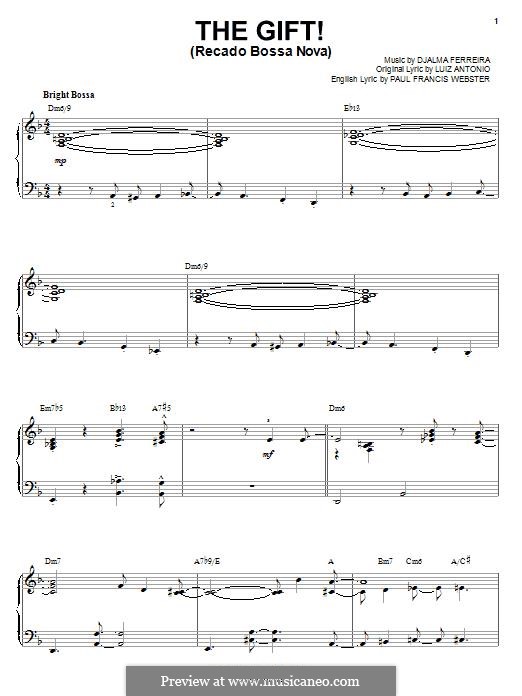

The opening 3-bar introduction is in free time, whereas verse 1 is very slow with a lot of rubato. Samba Em Prelúdio is in 4/4 time, which can sound like two minim beats in a bar instead of four clearly defined crotchet beats. The opening bass guitar introduction Metre and rhythm The bass and vocal lines are so independent that this texture can be described as counterpoint. The voice and bass duet is polyphonic as the two melodies from verse 1 and verse 2 are combined. From the first verse the song is mainly melody and accompaniment - the female vocal and the guitar. The opening bass guitar introduction is monophonic. Many jazz musicians make use of the flattened fifth interval to obtain a distinctive sound and to create a soulful mood or expression of sorrow. In the second verse, the vocal melody and the guitar solo feature a flattened fifth here F# (note 5 in a B minor scale) is flattened to F natural. Bars 31 to 34 copies bars 23 to 26 for example, but sung a fourth higher.

Verse 2 employs stepwise movement and repeated melodies. The starting note of each of these triadic melodic shapes get lower each time it is repeated. built around the notes of a chord played one at a time in an ascending patter). In verse 1, the melody phrases often begin triadically (i.e. Both are heard between the voice and bass in the duet section. The two main melodies in Samba Em Prelúdio are heard in the first and second verses.

No dynamics are printed, but the song is performed at a relaxed mezzo piano ( mp ) throughout.


 0 kommentar(er)
0 kommentar(er)
